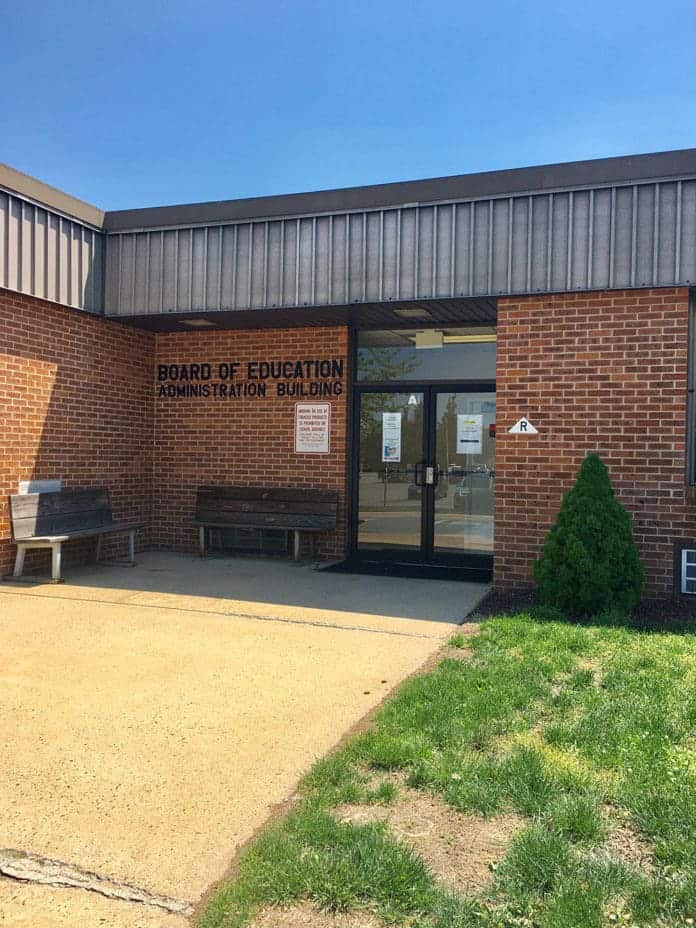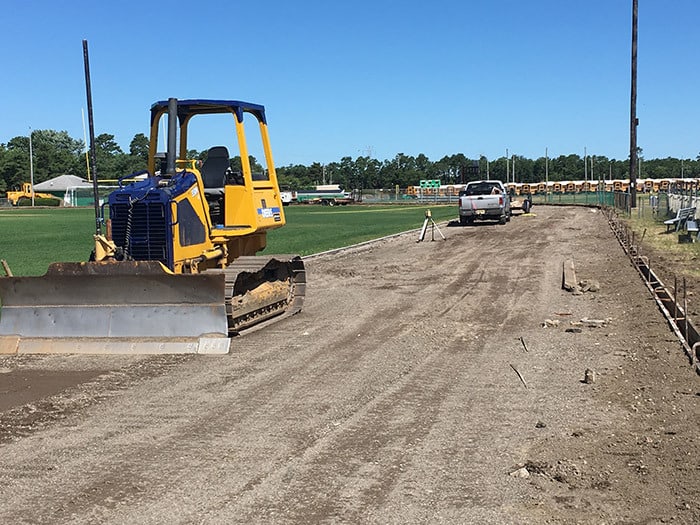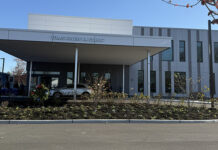
BRICK – The township could be forced to raise school taxes after the Murphy administration agreed to a $37.4 billion budget that would cut adjustment aid to about 100 districts that are considered to be over-funded, which includes Brick.
The S-2 bill would re-appropriate the adjustment aid to other districts that Senate President Stephen Sweeney said were underfunded. Brick stands to lose some $21 million over seven years.
When New Jersey adopted its current school funding formula in 2008, some districts received adjustment aid to shield them from a sudden decline in state aid. Adjustment aid was supposed to be phased out, but it never was.
During the recent Board of Education meeting, school business administrator James Edwards explained how the new funding formula works.
Brick is a district that is considered “below adequacy” which means the NJ State Department of Education (DOE) determines what a district should spend in a given year to provide a “thorough and efficient education” to its students, he said.

“They call that an adequacy budget. We are $12 million below that adequacy budget so we don’t spend enough money – according to the DOE – to provide the children of Brick with a thorough and efficient education,” Edwards said. “That’s problem number one.”
The DOE runs a formula to determine how much money Brick should be spending on its students and what the township should be generating from local taxpayers to support the education of its children, he said.
In Brick, that number is $120 million, but Edwards said only $107 million is being raised through taxes, so according to the DOE, the township is not raising its fair share, Edwards explained.
As part of the formula, the DOE does a wealth calculation to determine how wealthy a community is, and Brick was deemed a “very wealthy community,” based on its property values, he said.
“If you are a district that’s below adequacy, which we are, and you’re a district which is below your local fair share, which we are, and you’re a district that has considerable wealth, which we do according to all the calculations, you will be required to raise your local tax levy to get to the adequacy budget over seven years,” Edwards said.
“It’s hard for me to believe that the state is going to put into place anything that’s going to last seven years, because year-to-year, everything changes,” he added
The school district would not be permitted to cut the school budget or cut expenses to make up for the budget shortfall, but would force a state-mandated tax increase for every year there is a loss in state aid.

In Brick, the approximate amount over the next seven years in the loss of adjustment aid is: for school year 2018-2019, $1,274,844; for 2019-2020, $2,039,750; for 2020-2021, $2,549,687; for 2021-2022, $3,569,562; for 2022-2023, $4,589,437; for 2023-2024, $5,354,343; and for the final seventh school year 2024-2025, $6,119,249.
“The taxes will go up by that same amount,” Edwards said. “They’re not going to tell us to reduce expenditures. They’re telling us we don’t spend enough, that we should be spending $129 million, but we’re only spending $107 million.”
Edwards said that the school administration invited all of the school districts who are losing their adjustment aid to a meeting here and representatives from 42 districts attended.
“We signed off on coalition letters sent to the governor’s office, a press release was done, and basically the request of the coalition is that prior to redistributing adjustment aid, they should really take a look at the wealth calculations put into the funding formula itself to determine whether or not the wealth calculations are correct. It’s our strong belief that they are not,” he said.
Acting Superintendent of Schools Denis Filippone said all the districts who attended the meeting are in the same boat.
“This legislation is bad, and the bottom line is we are not going to have a choice. The state is going to tell us how much tax we have to raise,” he said. “And they are not going to allow us to cut our budget, so it’s a Catch-22. Even with a decrease in student population we are $12 million below adequacy.”
Filippone said the administration asked the state to take into consideration that Brick is one of the communities hardest-hit by Superstorm Sandy. “The money is not going away. They’re taking the money from us and giving it to other districts that the DOE feels is underfunded.”
Board of Education President Stephanie Wohlrab called the new funding formula “infuriating because not only are they crippling us as a school district, they’re crippling Brick as a community.”
In late June, State Senator Jim Holzapfel and Assemblymen David Wolfe and Gregory P. McGuckin proposed legislation that would prevent reductions in state aid to districts that experienced an erosion of their tax base following Superstorm Sandy.






